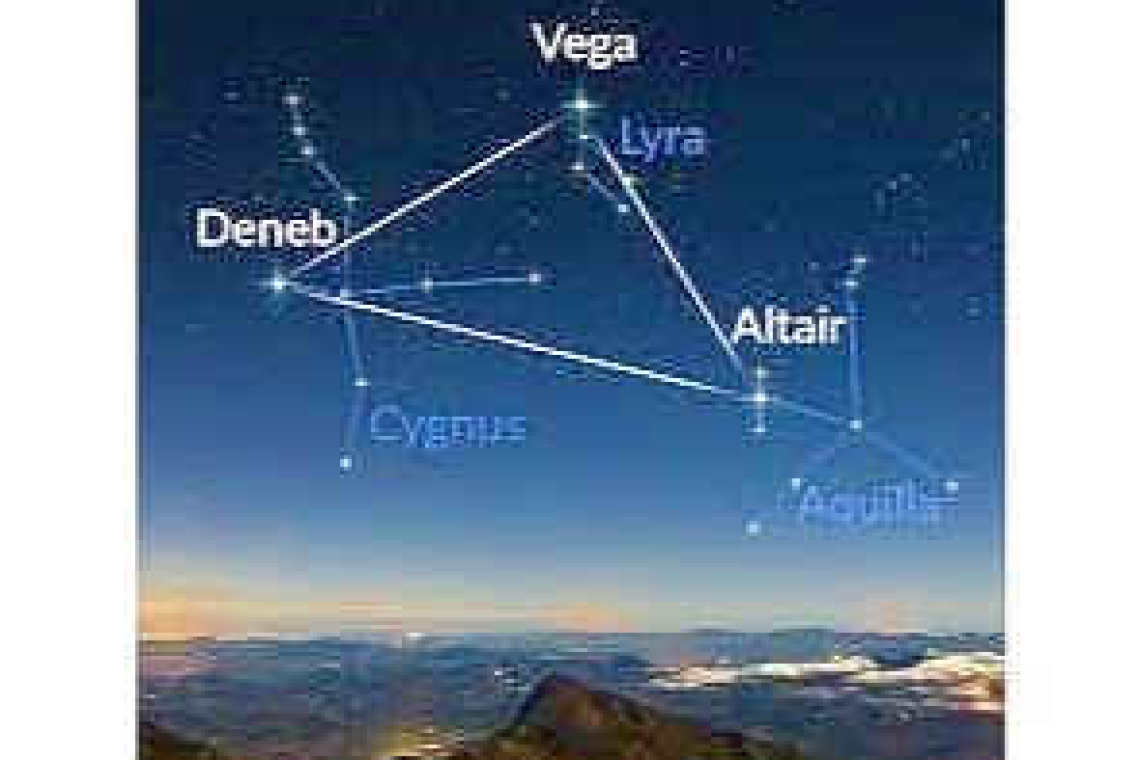~ St. Maarten’s Backyard Astronomy for August 15 - 17 ~
Sun rises at 5:54am
Sun sets at 6:37pm
Lunar phase: 3rd quarter, waning half moon
Moon rises at 11:27pm, Friday
Moon sets at 1:14pm, Saturday
This weekend, you can find four planets that shine brightly and are fairly easy to identify among the twinkling stars. Finding the planets can be really rewarding and watching how their positions change over the weeks and months and years brings all kinds of revelations. Observations such as this are how we gained insight into the reality of our place in the solar system and later the universe. The planets are worlds like ours, traveling around the same sun that we do, and they are our neighbours because they are so very close in the vastness of space. And, yes, it’s true what they say: Stars twinkle, but planets shine with a steady light.
For those who are up early enough, look to the east and you’ll surely see the sky’s two brightest planets, Venus and Jupiter, close together in the dawn sky. Another bright planet sits high in the western sky just after sunset – that one is Mars! Just as Mars sets, about 8:30, look east to see Saturn rising in the east. Saturn is visible most of the night, reaching its high point in the southern sky about 2:30am on Saturday night.
If you have an optical aid, such as a good pair of binoculars or an amateur telescope, you may well be able to view six planets in the pre-dawn sky. Besides the four planets visible with just your eyes (mentioned above), you might spot Mercury rising about 4:45am, but likely hiding in the morning twilight. To see Uranus and Neptune, you’ll need the magnification of a good optical aid. Uranus lies between Venus and Saturn, and on Saturday night, Uranus is quite close to the half-moon, just to the left, near the tiny star cluster the Pleiades, and Neptune is lately sitting extremely close to Saturn, where it will remain for the time being. The planets are all along the same “path” that the sun travels during the daylight hours, called “the ecliptic.” This arrangement is shown as the green line on the circular sky chart, provided.
In addition to planets, let’s look for a small constellation that is often overlooked. Delphinus the Dolphin is the 69th-largest of the 88 constellations. Not only is it small, but its stars are faint, so you’ll want a dark sky – that means no street lights and no full moon. Delphinus comes into view each year during the summer months and by autumn, it’s well placed for viewing, because it moves along a high arc across the sky every night. If you learned the Summer Triangle from previous publications of Night Sky, it can aid you to find Delphinus. It lies just outside of the line connecting the stars Deneb in Cygnus the Swan and Altair in Aquila the Eagle. These bright stars form two corners of the Summer Triangle. Scan along that line with your eye or binoculars. If your sky is dark enough, Delphinus will pop into view.
As a matter of fact, Delphinus looks very much like the animal it’s supposed to represent. Also, its faint stars form a kite shape with a tail. Then the little dolphin appears to leap out of the dark waters of the night sky.
Thank you for keeping up with the Night Sky articles, backyard (or beach) astronomy designed for St. Maarten sky viewing. FYI: If you are out later on in the week, note that each star rises about four minutes earlier each day than written here, and the moon rises 50 minutes later. Night Sky is researched and compiled by Lisa Davis-Burnett. Earthsky.org is a key resource for information and images. Questions or comments? Email This email address is being protected from spambots. You need JavaScript enabled to view it.







